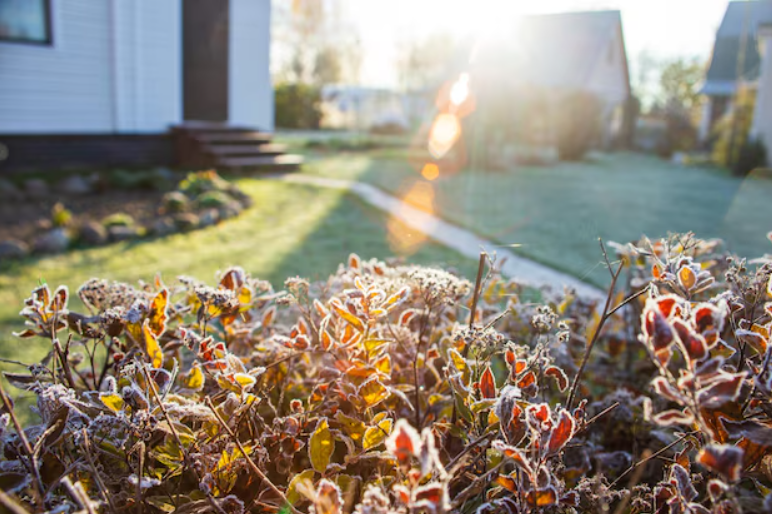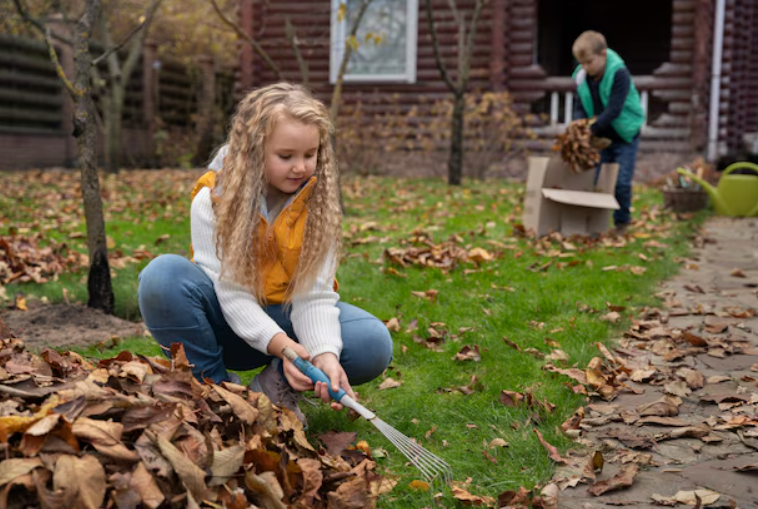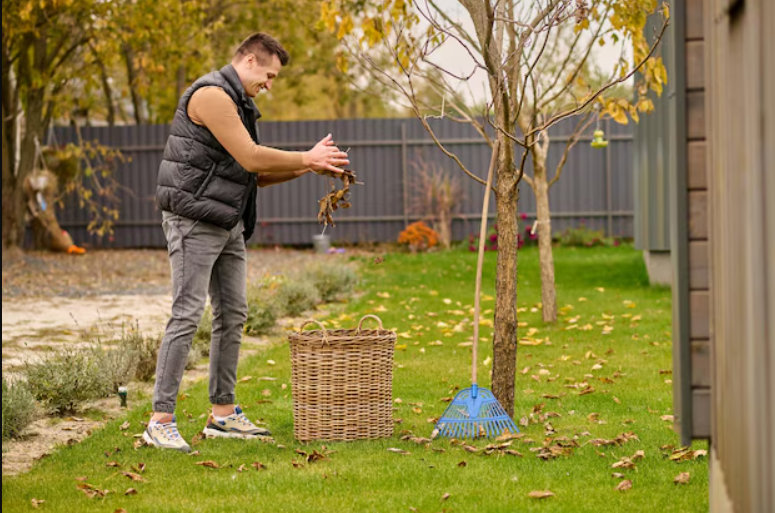The Complete Guide to Raised Garden Bed Winterisation
It’s time to start getting your raised garden beds ready for winter as the chilly months draw near. Protecting your plants, enhancing the soil, and guaranteeing a seamless transition into the next growing season all depend on correctly winterizing your garden beds. This comprehensive guide will provide you all the information you need to get your raised beds ready for winter, regardless of your level of gardening experience. You may prolong the growing season, save your garden investment, and guarantee a healthier, more fruitful garden the next year by following the proper procedures.
The Importance of Winterising Raised Garden Beds
A crucial step in getting your yard ready for the winter is winterizing raised garden beds. By taking these precautions, you may safeguard your plants, maintain the quality of the soil, and guarantee a productive spring growing season. Winterizing is an important investment in the health and productivity of your garden, ranging from mulching and sheltering plants from frost to clearing away plant waste and enriching the soil. You will be rewarded with robust, vigorous plants the next season if you take the time to properly prepare your raised garden beds.
The Significance of Winterising Raised Garden Beds
Raised garden beds may be winterized to preserve the soil, plants, and structure, extending the life and health of your garden. Winterizing is crucial for the following reasons:
-
Prevents Soil Erosion
If you don’t prepare your raised beds properly, rain or melting snow may wash away the soil, causing erosion and the loss of vital nutrients.
-
Prevents Compaction
The soil in raised beds may get compacted due to winter rainfall and freezing temperatures, making it more difficult for plant roots to obtain nutrients in the spring.
-
Preserves Nutrients
If your beds are not adequately covered or mulched, the nutrients in your soil may be lost throughout the winter. These nutrients may be preserved with the use of appropriate winterizing methods.
-
Protects Plants
Winterizing helps shield your winter-hardy veggies, herbs, or perennials from frost damage and encourages robust growth in the spring.
-
Prevents Pest Issues
You may reduce pest damage by winterizing your raised beds. It makes the environment unwelcoming to pests like fungus, insects, and rodents.

A Comprehensive Guide to Raised Garden Bed Winterisation
1. Empty the Garden Bed
Clearing up any leftover plant debris from the growing season is the first step in winterizing your raised garden beds. This includes any leftover vegetables, weeds, and dead plants.
-
Eliminate Dead Plants
Get rid of any wasted plants, such as annuals, dead flowers, and vegetables that have reached the end of their growth. During the winter months, leaving dead plant matter may harbour pests and promote fungal infections.
-
Weed the Bed
It’s crucial to remove weeds from the garden bed before they grow to seed since they may take over during the winter. When the temperature heats up in the spring, this will stop weeds from growing.
-
Get Rid of Plant Waste the Right Way
Composting unhealthy or pest-infested plant debris might spread infections; therefore, avoid doing so. Rather, throw it in the garbage or, if required, burn it.
2. Enhance and Modify the Soil
You should replenish and amend the soil in your raised garden bed in order to get it ready for winter. The soil may lose nutrients throughout the growing season, so it’s critical to replenish it with organic matter and strengthen its structure for the next planting season.
-
Add Compost
You may replenish the soil with important nutrients by covering your raised bed with a layer of well-rotted compost. Additionally, compost enhances the structure of the soil, which facilitates the growth of plant roots as the weather heats.
-
Apply Organic Fertilisers
Use fish meal, bone meal, or blood meal as organic fertilisers if needed. Over the winter, your soil will be fed by the slow-release nutrients included in these fertilisers.
-
Include Cover Crops
Soil erosion may be avoided, soil structure can be improved, and nitrogen levels can be fixed by cultivating cover crops such as winter rye, clover, or vetch. In the winter, these crops will die off and organically nourish the soil as they break down.
3. Cover the Soil with Mulch
Mulching your raised garden beds keeps the soil wet, protects it from the severe winter weather, and enriches it with organic matter as it breaks down. By insulating the soil, the proper mulch may lessen the effects of cold weather.
-
Select the Appropriate Mulch
For winterizing garden beds, organic mulches like wood chips, straw, or shredded leaves are excellent options. These materials shield the soil from the cold while allowing air to circulate.
-
Evenly Spread the Mulch
Evenly cover the soil surface with a layer of mulch that is 3 to 4 inches thick. This will maintain a steady soil temperature and aid with moisture retention.
-
Steer Clear of Plastic Mulch
Although plastic mulch has many uses, it might impede adequate drainage in raised beds in the winter. Instead, use organic mulch that breathes.

4. Cover the Elevated Bed
By keeping your raised garden bed covered, you may shield the soil from the weather and keep it from compacting. You may cover your raised beds in a few different ways:
-
Row Coverings
To shield your plants from cold temperatures and frost, cover them with lightweight, fabric-based row covers. These coverings may be used to shield perennials from the severe winters or to prolong the growth season for plants that can withstand cold temperatures.
-
Cold Frames
A cold frame is a tiny, unheated container that may be set over a raised bed and has a glass or plastic cover. For plants that can withstand the winter, it provides a warm habitat by retaining solar heat. During the winter months, cold frames are ideal for producing tough plants like lettuce, kale, and spinach.
-
Plastic Sheeting or Tarps
Covering the raised bed with a tarp or plastic sheeting can keep water from removing the soil or removing nutrients if you want to preserve the soil itself. To keep the cover from blowing away in high winds, fasten its edges with bricks or posts.
5. Get Herbs and Perennials Ready
You may take some actions to guarantee the survival of any herbs or perennials in your raised garden bed that you want to keep alive over the winter:
-
Remove Dead Foliage
To keep perennial plants from decaying or becoming home to pests, remove any dead foliage.
-
Mulch the Base of Perennials
To protect your perennials’ and herbs’ roots from cold weather, spread a thick layer of mulch around their bases. To prevent rot, make sure the mulch is not in direct contact with the plant tops.
-
Bring Potted Plants Inside
For the winter, move any herbs or plants in pots that need protection from freezing temperatures indoors or into a greenhouse. Certain herbs, such as cilantro and basil, must be moved inside during the winter months since they are not cold-hardy.
6. Give the Garden Bed Some Water
Even if your garden isn’t developing as much in the winter, it’s still crucial to water your raised beds on occasion. Because it might cause soil dehydration and harm plant roots, the soil shouldn’t be allowed to dry up entirely.
-
Before the First Frost, Water Your Beds
Make sure the soil in your raised garden beds is well hydrated by giving them a thorough watering.
-
In Winter, Monitor Soil Moisture Levels
On warmer winter days, check soil moisture levels. To keep the soil from drying out too much, water it lightly if it’s dry.
7. Look for Rodents and Pests
Some pests may be discouraged by the cold, but others may still be active in your raised vegetable beds throughout the winter. It’s critical to look for any indications of rodent activity, such as burrows or eaten plant matter.
-
Use Traps
To stop rodents like mice or voles from destroying your plants and soil, use traps if you have a problem with them. Be careful to often check the traps.
-
Take Food Sources Away
Because they might attract pests searching for food or refuge, keep fallen leaves and other organic waste out of the vegetable bed.
8. Store Your Garden Tools for the Winter
Spend some time cleaning and storing your gardening equipment before winter sets in. When it comes time to garden again in the spring, proper care guarantees that they will be in excellent shape.
-
Clean Tools
To get rid of dirt and plant debris, scrub your instruments with soapy water. To avoid rust, make sure they are completely dry.
-
Sharpen Blades
Hoes, shovels, and pruning shears may all have their edges sharpened using a sharpening stone or file.
-
Properly Store Your Tools
Tools should be kept out of the weather and in a dry, protected location to prevent rust and corrosion.
